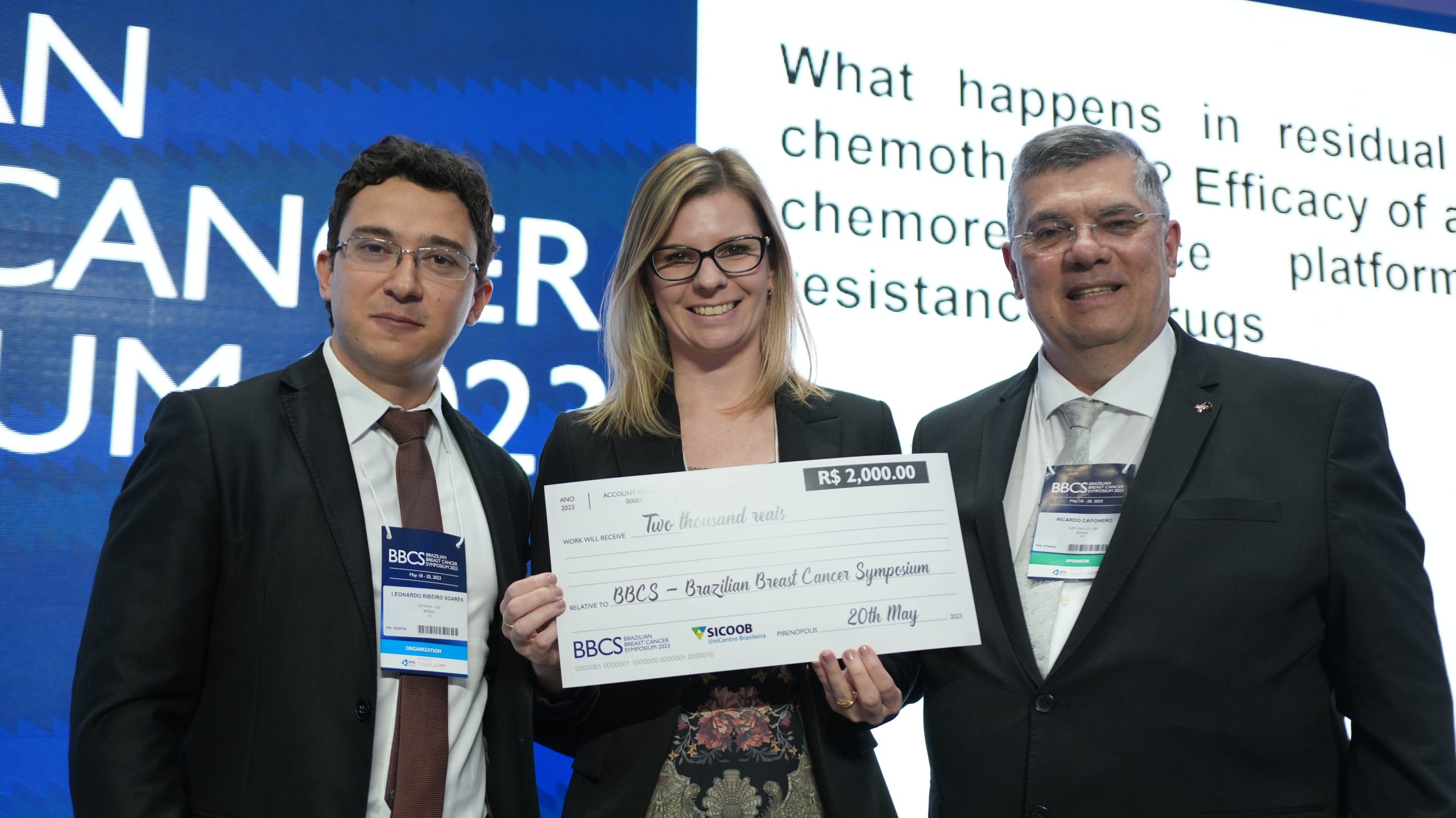
WHAT HAPPENS IN RESIDUAL DISEASE AFTER NEOADJUVANT CHEMOTHERAPY? EFFICACY OF A NOVEL IN VITRO BREAST CANCER CHEMORESISTANCE PLATFORM TO DEMONSTRATE HIGH RESISTANCE TO DRUGS
Martina Lichtenfels¹, Vivian Fontana², Francine Hickmann Nyland², Bianca Silva Marques², Mário Casales Schorr², Júlia Caroline Marcolin¹, Caroline Brunetto de Farias¹, José Luiz Pedrini²
¹ Ziel Biosciences|Porto Alegre|Rio Grande do Sul|Brazil
² Serviço de Mastologia do Grupo Hospitalar Conceição|Porto Alegre|Rio Grande do Sul|Brazil
Objective: Our preliminary study aims to validate the efficacy of a novel in vitro chemoresistance platform to demonstrate tumor resistance in residual disease after neoadjuvant treatment for breast cancer. Methodology: Patients with invasive BC who presented residual disease after neoadjuvant chemotherapy (NACT) were included. Fresh tumor samples were collected during surgery and dissociated to obtain the tumor cells. The tumor cells were cultured in the chemoresistance platform with doxorubicin, epirubicin, paclitaxel, docetaxel, and cyclophosphamide, and after 72h cell viability was evaluated. The test result is defined based on cell viability as low (< 40%), medium (40-60%), and high (> 60%) resistance. Results: Samples from 20 patients with residual disease after NACT were tested in the chemoresistance platform. Regarding molecular subtypes: 9 tumors were triple negative (45%), 6 Luminal (30%), 4 LuminalHER2 (20%), and 1 HER2 (5%). Sixteen (80%) patients responded partially to NACT, and four (20%) presented disease progression. Most (80%) of the patients used ACT (doxorubicin + cyclophosphamide + paclitaxel) chemotherapy regimen, 10% only paclitaxel, and 10% doxorubicin plus cyclophosphamide. The chemoresistance platform demonstrated that tumors treated with doxorubicin, paclitaxel, and cyclophosphamide in neoadjuvant setting presented high rates of resistance to the drugs (94.7% showed high resistance to paclitaxel, 58% to doxorubicin, and 52.6% to cyclophosphamide). In addition, we investigate if the tumor becomes more resistant to drugs from the same class (taxanes and adriamycin) of the treatment already used by the patients and evidenced 93.7% of high resistance to docetaxel and 50% to epirubicin. Conclusion: This preliminary finding highlighted the efficacy of the in vitro chemoresistance platform to demonstrate the acquisition of resistance during neoadjuvant chemotherapy and suggests a role of acquired resistance in the worse prognosis of patients with residual disease after NACT.
Keywords: Breast neoplasms, neoadjuvant chemotherapy, drug therapy, residual neoplasms, drug resistance